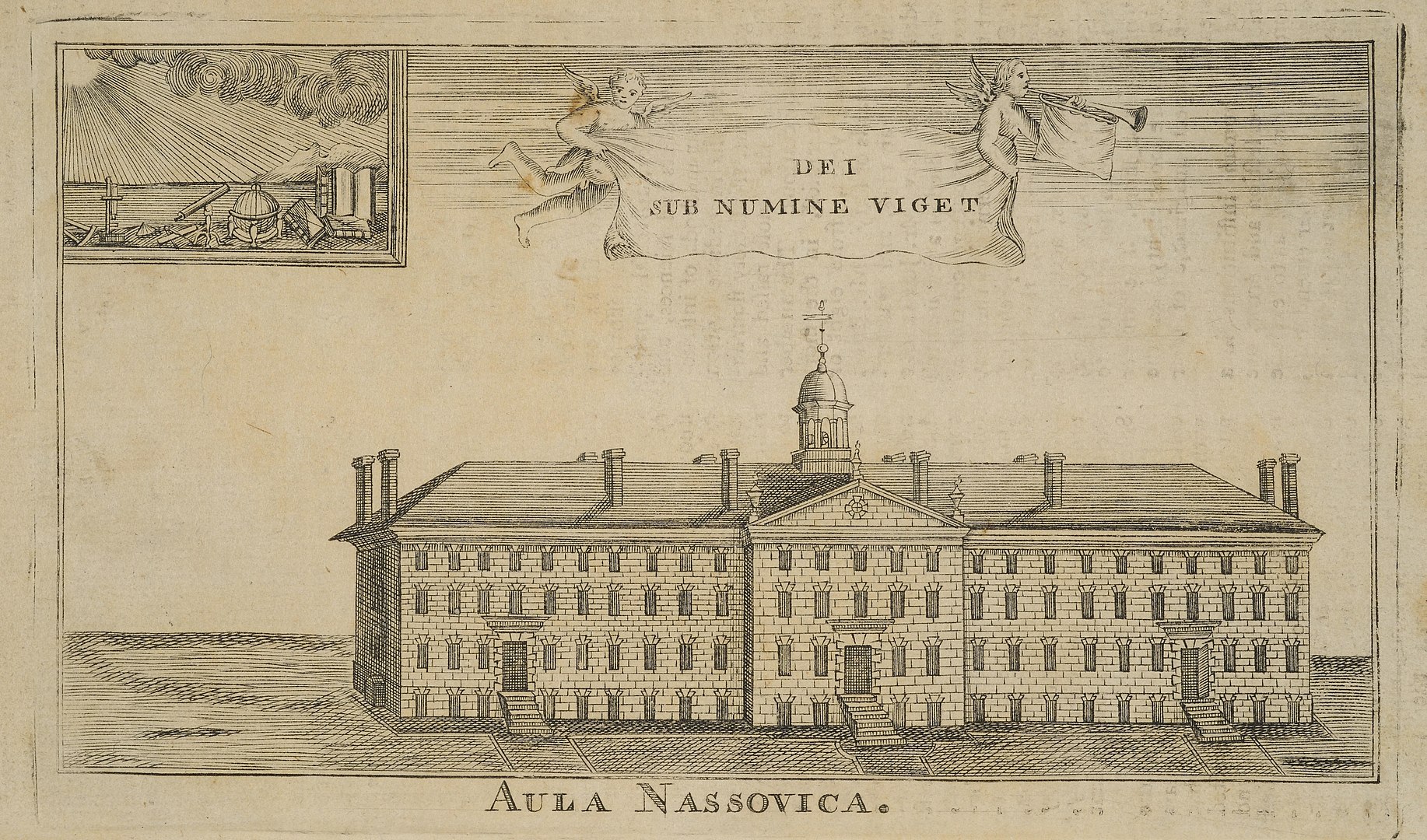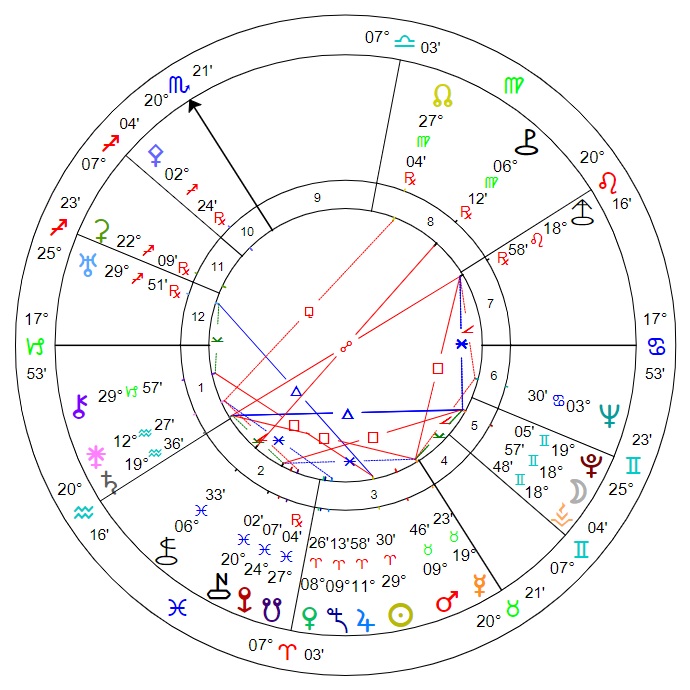Basics
Class: Sq-type asteroid
Location: Outer main belt, Koronis family
Orbit length (approx): 4.90 years
Discovered: 20th April 1904, 00:46 UTC, from Heidelberg, Germany, by Raymond Smith Dugan
Notes: Mean radius is approx 16.6km.
Events at time of discovery:
- April 22 – Birth of J. Robert Oppenheimer, American physicist
- April 24 – Birth of Willem de Kooning, Dutch artist
- April 27 – The Australian Labor Party becomes the first such party to gain national government.
- – Birth of Cecil Day-Lewis, English poet
- April 29 – Birth of Pedro Vargas, Mexican singer, actor
- April 30 – The Louisiana Purchase Exposition World’s Fair opens in St. Louis, Missouri.
Naming information
Name origin: Named for Nassau Hall, the oldest building at Princeton University. In 1783, when Princeton became the U.S. provincial capital for four months, Nassau Hall served as its seat of government. Congress met in its library on the second floor. The term Old Nassau refers affectionately to the building and serves as a metonym for the university as a whole.
 |
| A 1760 copperplate engraving of Nassau Hall, the earliest known. Illustration opposite p. 104 of New American Magazine, No. XXVII (March 1760). Creator unknown. |
Astrological data
Discovery degree: 29+ Libra
Discovery Sabian: Three Mounds of Knowledge on a Philosopher’s Head
Discovery nodal signature: Gemini–Capricorn
Estimated orbital resonances: Venus 1:8, Mars 7:16 7:16, Ceres 14:15, Jupiter 17:7, Saturn 6:1, Uranus 17:1
Discovery chart details: Crescent phase chart with Aries stellium and T-square between Mercury, Saturn and Asbolus. Mercury on IC. Nassovia was square Chiron (the two in T-square with Sun) and sextile Uranus. Moon-Vesta-Pluto trine Saturn, sextile Asbolus and semi-sextile Mercury. Sun trine Uranus; Mercury semi-square Neptune and sextile Nessus; Venus conjunct and Mars semi-sextile Sedna. Mars semi-square Eris; Juno sesquiquadrate the North Node and sextile Jupiter; Saturn semi-sextile Nessus.
Summary
Possibly indicates wisdom, co-operation and shared goals, the fulcrum or meeting point, intelligence as a joint or community blessing, foundations for the future.
 |
| Discovery chart for (534) Nassovia: 20th April 1904, 00:46 UTC, Heidelberg, Germany. The asteroid is not depicted. |
